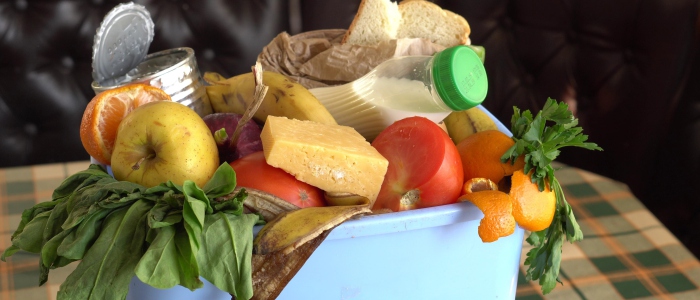
This year marks the second time World Food Day is being held during the Covid-19 pandemic. While many countries mitigate the virus with vaccines, another global crisis looms: food insecurity. To compound this, South Africa wastes over 10-million tonnes of food each year. However, we can all be part of the solution – and it comes down to packaging choices, says Raymond Dube, Managing Director of Nampak Liquid Cartons.
As the global population grows to a projected 9.8 billion in 2050, it’s estimated that food demand will increase by more than 50 percent. As food security becomes more precarious, food wastage is on the rise. In South Africa, a recent study by the South African Council for Scientific and Industrial Research (CSIR) reveals that we waste 10.3 million tonnes of food per year. To put it into perspective, this is the equivalent of 50,000 blue whales, the largest animal on the planet.
Food wastage exacerbates food insecurity: it’s a knock-on effect that causes the cost of food to increase, as the cost of the wastage gets factored into food prices. From squandering water resources to generating greenhouse gas emissions, food wastage has far-reaching consequences.
Quality packaging can play a vital role in limiting food wastage. Packaging that’s sustainable and adheres to rigorous safety standards extends shelf-life, simplifies storage, and reduces landfill waste. It’s important to know that change can happen at the end of the supply-chain cycle, with us, as consumers.
Protection factors
Liquid board packaging (LBP), such as gable top cartons, is tamper-proof and increases shelf-life through barrier protection. Barrier-protection is critical for keeping liquid products like milk and fruit juice at a high level of quality, as any exposure to UV light or oxygen will cause the product to quickly deteriorate.
Essential to this food protection are the LBP cartons’ various layers. Made from virgin wood fibres, the paperboard acts as an effective insulator keeping products colder for longer, as well as providing rigidity and strength, so that the product inside the carton is less affected by fluctuations in its environment at any stage of the supply-chain process. Gable top cartons are also lightweight and designed for space efficiency, allowing for easy transportation, both before and after filling, and effective storage.
LBP cartons are comprised of either aluminium and polyethylene (poly-alu), or just polyethylene (poly) layers depending on the product they will protect. Poly-coated boards are suitable for low-acid beverages, such as milk, while alu-coated boards are preferred for liquids with a high acid content, like fruit juices and wine. An aluminium coating or foil lining protects the product from deterioration. This type of packaging is also ultra-hygienic and easy to reseal, further prolonging the life of the product, eliminating spoilage – and ultimately reducing food wastage.
Sustainable choice
With 90 percent of waste, some of this being food, ending up in South Africa’s landfills – two-thirds of which releases carbon dioxide and methane into the atmosphere – something must shift.
Liquid paper board packaging is 100% recyclable and up to 76% renewable in South Africa, which helps to reduce the impact on our landfills. The recycled paper from the cartons can be used to manufacture other products, such as cardboard boxes, kitchen toweling and takeaway food containers, which can be further re-used several times over.
In a country where 12-million people go to bed hungry, the problem of food wastage throughout the supply chain must be prioritised. It’s important to remember that at the end.



